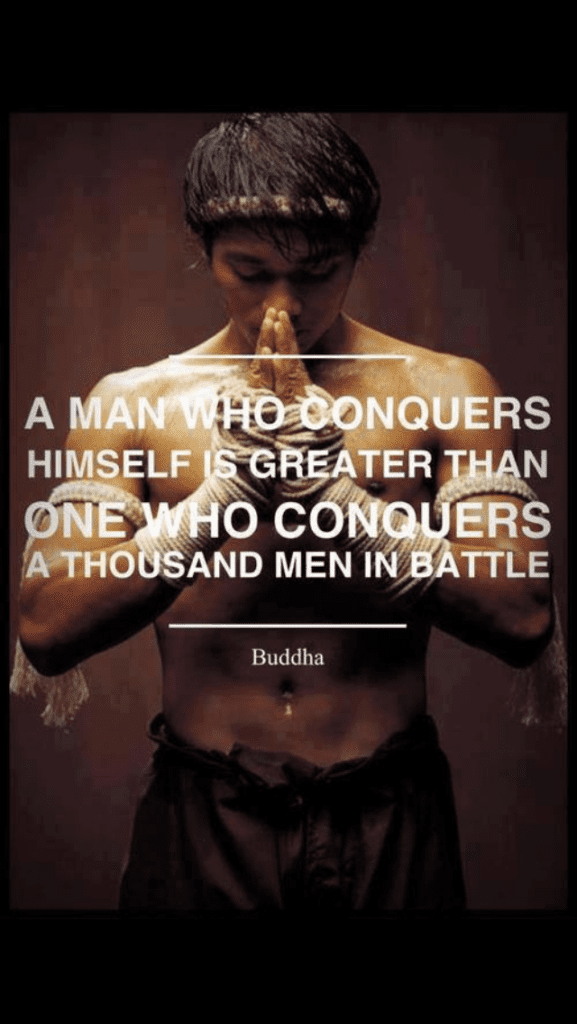In recent weeks, a surprising number of my coaching clients have brought the same theme to their sessions: “I’m PISSED OFF!” They say things like: “Why am I so bloody angry lately?” and “I get so mad, I say and do things that I later regret. What shall I do?” or “I get so mad at myself for being at the mercy of my anger. I feel I can’t trust myself anymore. What do I do?”
As anyone who has had this kind of experience will know, anger is incredibly powerful. If it is consciously managed and directed, the energy it generates can benefit life. Left unchecked however, anger can kill.
I know this first hand because, believe it or not, I had terrible anger issues when I was younger!
My mother will tell you that I was a very happy baby, almost boringly so. Years later however, it was a different story: I developed a deep dissatisfaction with some dynamics in my life and contracted a serious case of anger-itis. I’d get angry to the point of becoming physically explosive, and would take it out on my poor brother, my classmates, my parents, my monkey doll, …
To say the least, my anger became more problematic the older I got. At dinner, without warning I would suddenly explode: I would flip the table over and send our meal flying, leaving a big mess to clean up and my family in shock. It was sad, because this brash display of power was simply the result of my total inability to handle my intensifying emotions. I just didn’t have the tools or the wisdom to process what I felt in a constructive way. Things changed however one day, when my father was exceptionally inspired in his response to one of my outbursts. Rather than opposing the intense energies that were coming through me, he suggested a healthier way in which I might channel my volatile emotions. He said: “Next time you feel this anger coming on, feel free to get up and hit the door of your room. But for heaven’s sake, leave our dinner table alone!” I accepted this suggestion, and the next time it happened, I got up, glided along the bench, made my way around the table, walked to the door, and punched it so hard it cracked. Over the next few months, the crack spread all the way from the very top to the bottom of the door. Eventually, by the time I arrived at the door, my anger would subside enough that I didn’t even need to punch it, and I would just stand there until the feeling passed. Finally, the day came when I didn’t even need to get up anymore, because the anger knew that an outlet was available and it wouldn’t be opposed or blocked. My dad’s creative solution offered a less harmful pathway for my intense emotions to find expression. This experience helped me to gain more awareness and control over my powerful emotions, and increased my self-esteem and ability to trust myself.

One thing is for sure: stifling our emotions doesn’t work. If emotional energy has nowhere to go, it will create dysfunction at every level from emotional to physical, even resulting in dis-ease.
For example, one of my dear clients gets huge boils on her body, for which she takes a mild antibiotic. She had never linked her emotions to this phenomenon, but had attributed it to a hormonal imbalance. Now though, she has discovered that repressed anger is the root cause of this physical affliction, and is learning tools to channel that energy in ways that actually help her grow and awaken to her innate truth and power.
Last week, when a client came to my office with a large amount of anger toward a certain person, I held up a pillow, looked at her invitingly, and nodded. After punching the pillow for about a minute, she felt somewhat better and was at least “coachable.” We were then able to look at what was really going on, and she discovered that her anger had nothing to do with this other person, and everything to do with herself. She was able to see that the true source of her emotions was her feelings towards herself, and together we found a practical tool that worked for her. When I saw her again this week, she told me that her anger toward the other person had disappeared immediately after our last session.
The tools I teach can’t be put into practice just by reading about them; they must be experienced. But there is one incredibly powerful tool that I will share with you here. It’s simple: the next time you experience anger arising in you, ask yourself, “What do I need?” Then see how you can meet your needs. Maybe there is a request you can make of someone, or maybe you can establish a boundary with someone and say “no”, breaking a pattern of chronic over-giving that drains your energy. Maybe you need fresh air or physical exercise or some other form of self-care such as wrapping you in your favorite fuzzy blanky!

If you find you don’t know what the need behind your anger is, I encourage you to take time for self-inquiry to excavate your inner terrain.
One thing I’d also like to say here is that your most powerful tool for transformation is your awareness. When you take the time to cultivate awareness of what your needs are, it always pays off.
It was only recently that I realized that the needs underneath my youthful anger had to do with my desire for truth, honest relationships, freedom and love. Before that, I had bought into the idea that I was simply “a rebel.” Now that I know my anger came from legitimate, universal needs, I no longer judge myself for having had these emotions. Instead, I focus my attention on making sure that I get what I need, taking responsibility for my well-being so that I no longer need to blame anyone or anything for my suffering. This is a step on the path from victimhood to empowerment, and this newfound freedom and spiritual power wouldn’t have been possible without the intentional and focused use of my awareness.
Now it’s your turn!
The next time you start getting angry, ask yourself: “What do I need?”
Let me know if you have any questions and keep me posted on your progress!




